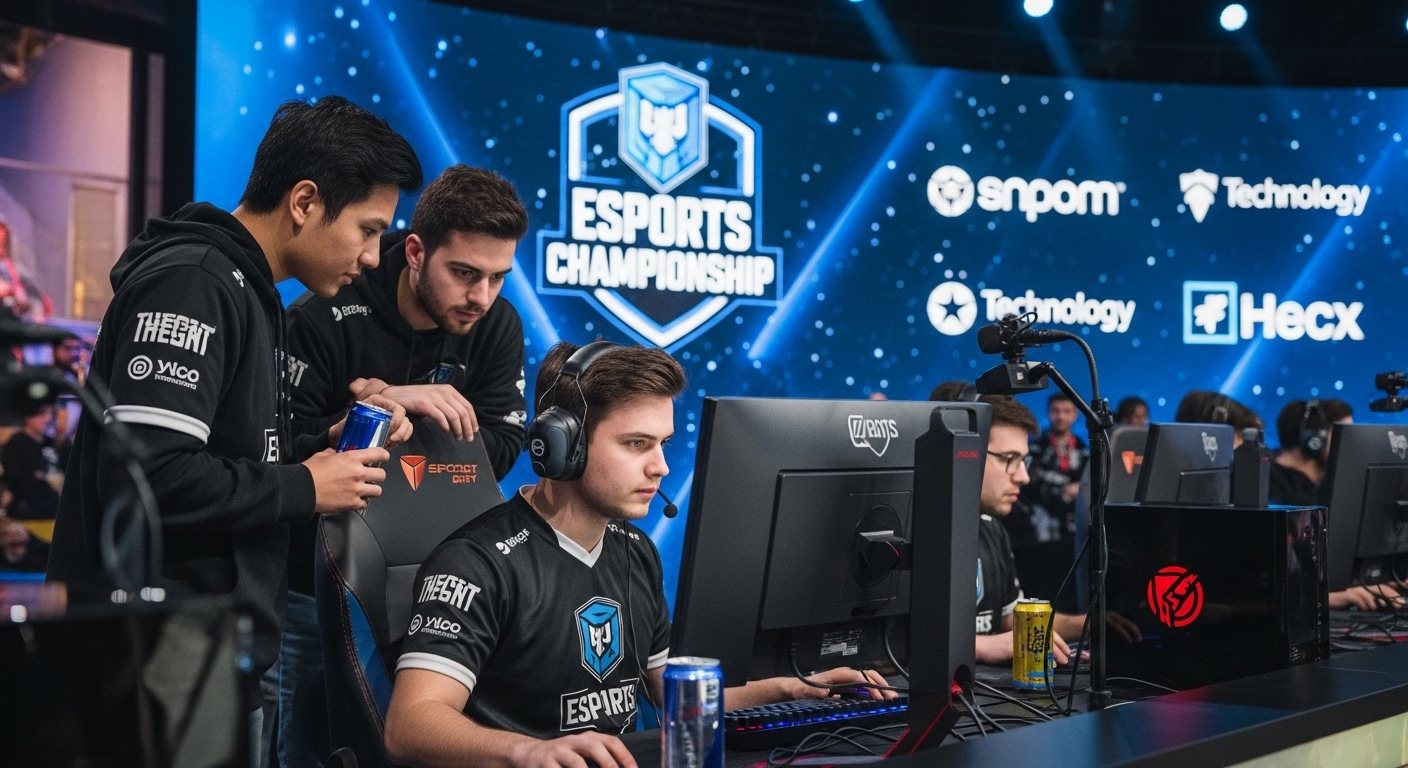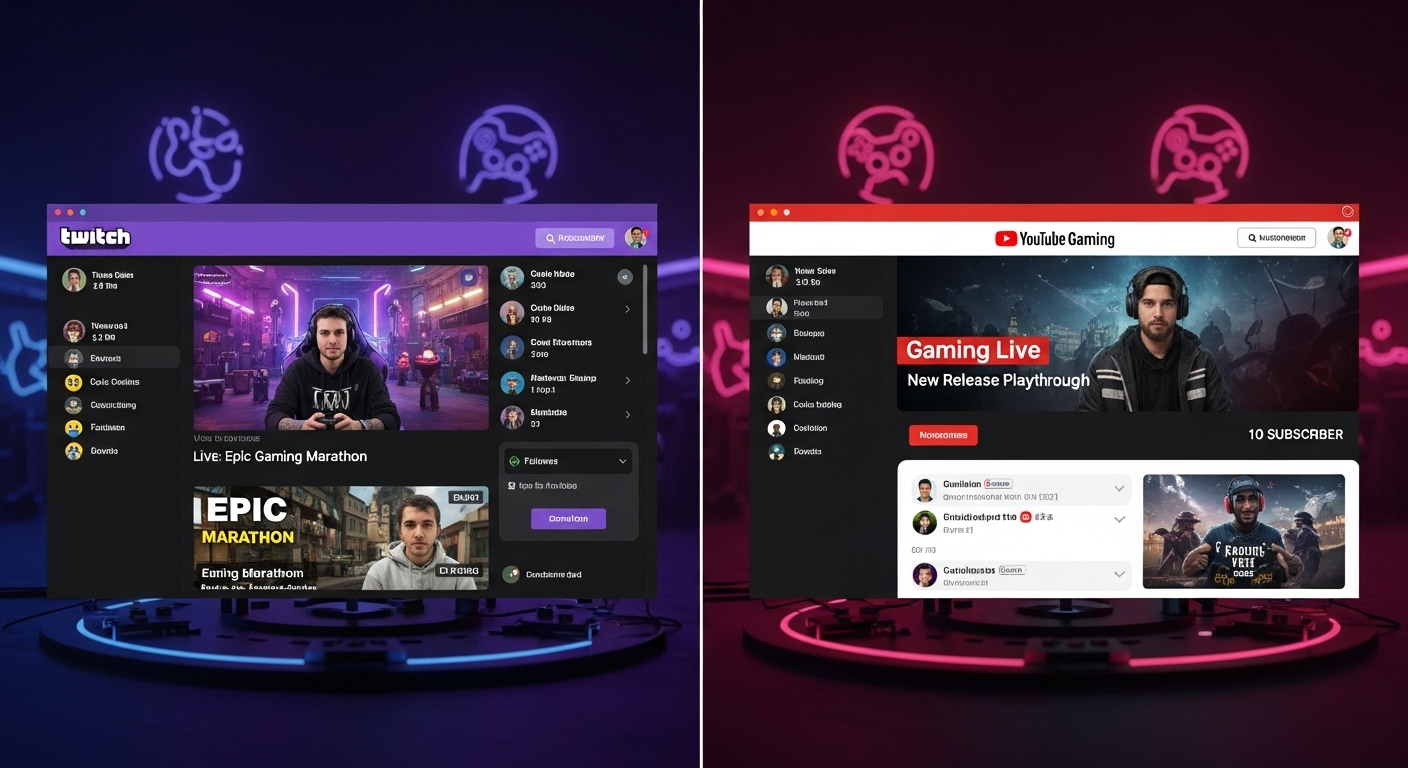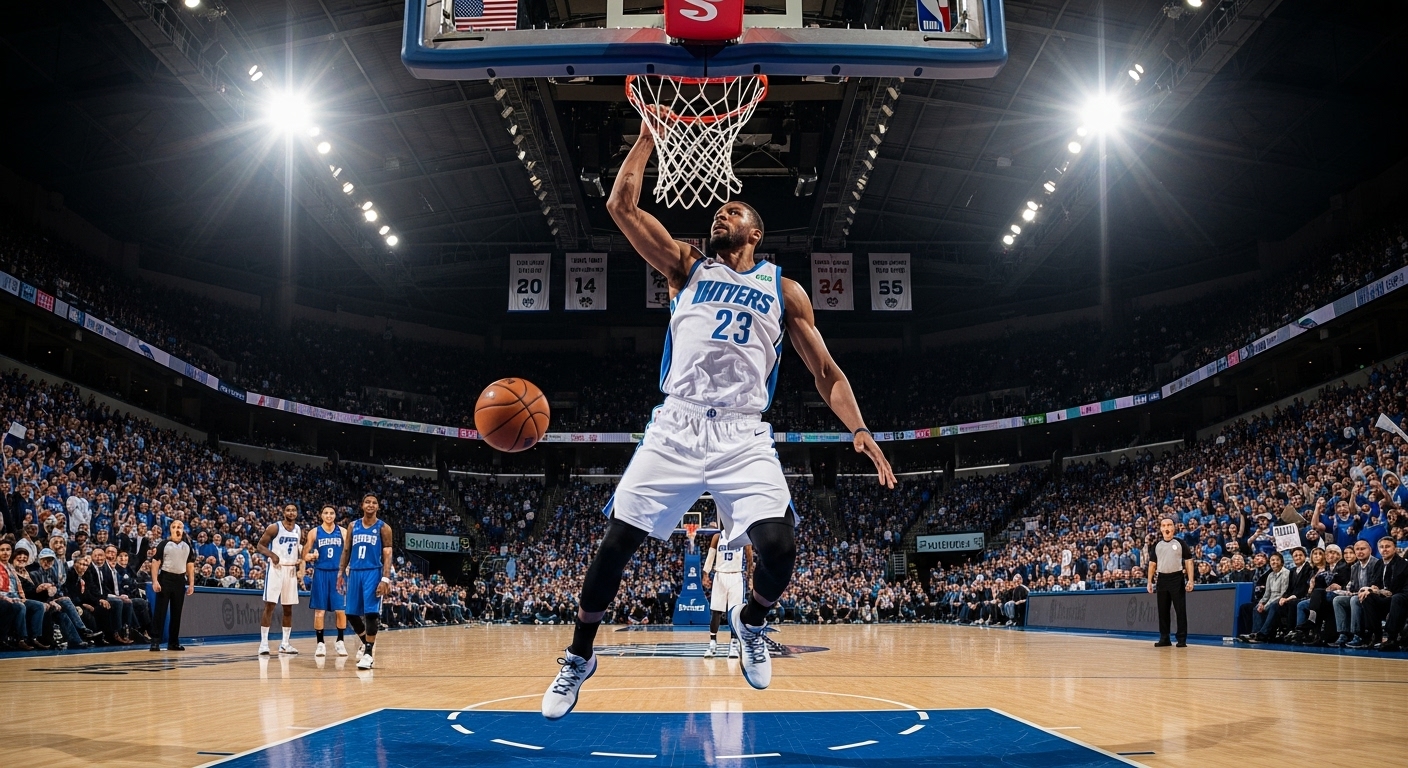Introduction
Esports, or electronic sports, has emerged as one of the most influential forms of entertainment in the modern digital era. From small local competitions in arcades to massive international tournaments with millions of viewers, esports has grown into a multi-billion-dollar industry. It combines skill, strategy, teamwork, and spectacle in ways that traditional sports often cannot replicate.
The appeal of esports lies in the complexity of the games, the precision required to excel, and the dramatic narratives that unfold in competitions. Players spend years perfecting their craft, teams train rigorously, and fans become deeply invested in the outcomes of matches. Beyond the games themselves, esports encompasses a wide range of activities, including live streaming, content creation, fan engagement, sponsorships, and professional careers. This blog explores the origins, growth, structure, cultural impact, and future of esports.
Early Beginnings of Competitive Gaming
The history of competitive gaming dates back to the 1980s when arcade games such as Pac-Man, Donkey Kong, and Space Invaders gained popularity. Players competed for high scores, and local tournaments provided early glimpses of organized competition. These events demonstrated that gaming could foster rivalry and community engagement, laying the groundwork for modern esports.
The 1990s brought the rise of PC gaming, allowing players to connect over local networks and the early internet. Games such as Quake, StarCraft, and Counter-Strike enabled competitions beyond local communities, connecting players across cities and even countries. Online leaderboards and tournaments became increasingly common, fostering a global competitive culture.
During this era, esports was heavily community-driven. Dedicated enthusiasts formed teams, organized tournaments, and created online forums to share strategies. These grassroots initiatives proved the viability of competitive gaming as a professional pursuit long before it gained mainstream recognition.
The Professionalization of Esports
The early 2000s marked a turning point in the development of esports as a professional industry. South Korea played a leading role with StarCraft, which evolved into a national obsession. Televised matches, dedicated gaming arenas, and structured leagues transformed competitive gaming into a legitimate profession. Players achieved celebrity status, and corporate sponsorships began to support tournaments and teams.
In North America and Europe, games like Counter-Strike, Dota 2, and League of Legends led the professionalization of esports. Teams established full organizational structures, including coaches, analysts, and managers. Tournaments offered significant prize money, attracting top talent from around the world.
Professionalization established esports as a viable career path. Players signed contracts, earned salaries, and competed in high-profile leagues. Teams began operating like sports franchises, managing branding, fan engagement, training, and sponsorships. This level of professionalism elevated esports from a hobby to a globally recognized industry.
Popular Esports Genres
Esports is not limited to a single type of game. Its growth has been fueled by multiple genres, each attracting dedicated audiences.
Multiplayer Online Battle Arenas (MOBAs)
MOBAs such as League of Legends and Dota 2 are among the most popular esports genres. Players control characters with unique abilities and work as teams to destroy the opposing base. MOBAs require strategic planning, communication, and precise execution, creating an intense competitive experience for both players and spectators.
First-Person Shooters (FPS)
FPS games like Counter-Strike: Global Offensive, Valorant, and Call of Duty focus on accuracy, reflexes, and tactical decision-making. Matches are fast-paced and often unpredictable, producing thrilling moments for fans. FPS esports feature structured leagues and international tournaments, drawing large global audiences.
Real-Time Strategy (RTS)
RTS games such as StarCraft II challenge players to manage resources, control units, and execute strategies in real-time. Success in RTS esports demands analytical thinking, adaptability, and quick decision-making. These games contributed significantly to the early growth of competitive gaming.
Sports Simulations
Sports simulation games like FIFA, NBA 2K, and Madden NFL replicate traditional sports in a digital environment. Competitions often mirror real-world leagues, attracting fans of both gaming and conventional sports. Professional esports leagues for these games demonstrate the convergence of digital and physical athletic culture.
Battle Royale and Other Genres
Battle royale games such as Fortnite and PUBG combine survival, strategy, and combat in large-scale matches. Players must adapt quickly and make strategic decisions under pressure. Other genres like fighting games, racing simulators, and card games expand the esports ecosystem, catering to diverse audiences and maintaining variety in competitive gaming.
Structure of Esports Leagues
Esports leagues operate with organization and professionalism similar to traditional sports leagues. They feature regular seasons, playoffs, and championship events. Teams compete for rankings, sponsorship opportunities, and prize money. Popular leagues include the League of Legends Championship Series (LCS), Overwatch League (OWL), and Call of Duty League (CDL).
Tournaments typically begin with online qualifiers and culminate in live finals hosted in major arenas. Flagship events like The International for Dota 2 and the Fortnite World Cup attract millions of viewers and offer prize pools in the millions of dollars. Professional commentary, immersive stage design, and fan interaction enhance the spectator experience.
Professional players follow demanding training regimens, often practicing eight to twelve hours daily. Teams employ coaches, analysts, and support staff to refine strategy and optimize performance, highlighting the level of dedication and discipline required in esports.
The Business of Esports
Esports has developed into a multi-billion-dollar industry with diverse revenue streams. Sponsorships, advertising, media rights, merchandise, and tournament winnings form the financial backbone.
Brands invest in esports to reach young, tech-savvy audiences. Sponsorships integrate products into teams, tournaments, and digital content, creating authentic engagement. Media rights for broadcasting competitions provide additional income, while merchandise sales, including team apparel and in-game items, foster fan loyalty.
Streaming platforms such as Twitch, YouTube Gaming, and Facebook Gaming further contribute to revenue generation. They allow fans to watch matches live, interact with players, and participate in the esports community. Content creators monetize their streams, expanding both audience reach and financial sustainability.
The Role of Streaming and Content Creation
Streaming is central to esports’ growth and popularity. It allows fans to watch live competitions, interact with players, and engage with global communities. Amateur players can showcase talent, attract followings, and even secure professional opportunities.
Content creators enhance the ecosystem by entertaining audiences, analyzing gameplay, and promoting games and tournaments. Professional commentators, or casters, provide insight, highlight key moments, and create narratives that enhance the spectator experience. The combination of competitive gameplay, storytelling, and interaction makes esports broadcasts compelling and immersive.
Community and Fan Culture
Community engagement is at the heart of esports. Fans participate through forums, social media, fan art, cosplay, and community tournaments. This vibrant culture extends beyond professional play, creating a sense of belonging and identity.
Online communities provide mentorship, collaboration, and social connections for aspiring players. Inclusivity is a hallmark of esports, enabling participation from individuals worldwide regardless of geographic location. Fan involvement drives the industry, supporting teams, tournaments, and content creators while fostering loyalty and enthusiasm.
Social and Cultural Impact
Esports has a profound social and cultural impact. It challenges traditional definitions of athleticism by emphasizing mental skill, strategy, and teamwork. Career opportunities extend beyond playing to include coaching, analysis, event organization, broadcasting, and content creation.
Educational institutions now offer esports scholarships and academic programs in game design, esports management, and digital media. Charity tournaments, awareness campaigns, and community initiatives demonstrate esports’ potential for positive social influence. The industry fosters global collaboration, connecting players and fans across cultural and geographic boundaries.
Challenges Facing Esports
Despite rapid growth, esports faces several challenges. Player burnout and mental health issues are significant due to long practice hours and competitive pressure. Cheating, match-fixing, and regulatory concerns require ongoing oversight to maintain credibility.
Commercialization can create tension between profit motives and community values. Ensuring fair play, integrity, and authenticity is crucial as the industry expands globally. Additionally, infrastructure disparities and unequal access to technology limit opportunities for aspiring players in certain regions. Addressing these challenges is essential for sustainable growth.
Future Trends in Esports
The future of esports is dynamic and promising. Emerging technologies such as virtual reality, augmented reality, and artificial intelligence will revolutionize gameplay, training, and audience engagement. Fans may experience matches in immersive formats, interactively participating in tournaments.
Global expansion will continue as emerging markets contribute new players, teams, and audiences. Data analytics and AI will enhance training, strategy development, and performance evaluation, elevating the competitive standard. Crossovers with traditional sports, entertainment, and education will broaden esports’ reach and cultural impact.
Esports is poised to become an increasingly integral part of mainstream culture, blending competition, entertainment, and social engagement. Its adaptability ensures ongoing growth and relevance.
Conclusion
Esports has evolved from small-scale competitions to a global phenomenon with professional players, organized leagues, and passionate fan communities. It combines strategy, skill, teamwork, and entertainment while offering cultural significance and career opportunities.
Professional leagues, tournaments, streaming platforms, and fan communities form a dynamic ecosystem that mirrors traditional sports while leveraging the advantages of digital media. While challenges such as burnout, regulation, and commercialization exist, esports’ growth potential is immense.
Esports continues to innovate, engage, and inspire audiences worldwide. It has redefined competitive entertainment, created professional opportunities, and built global communities, solidifying its role as a defining feature of modern digital culture.




